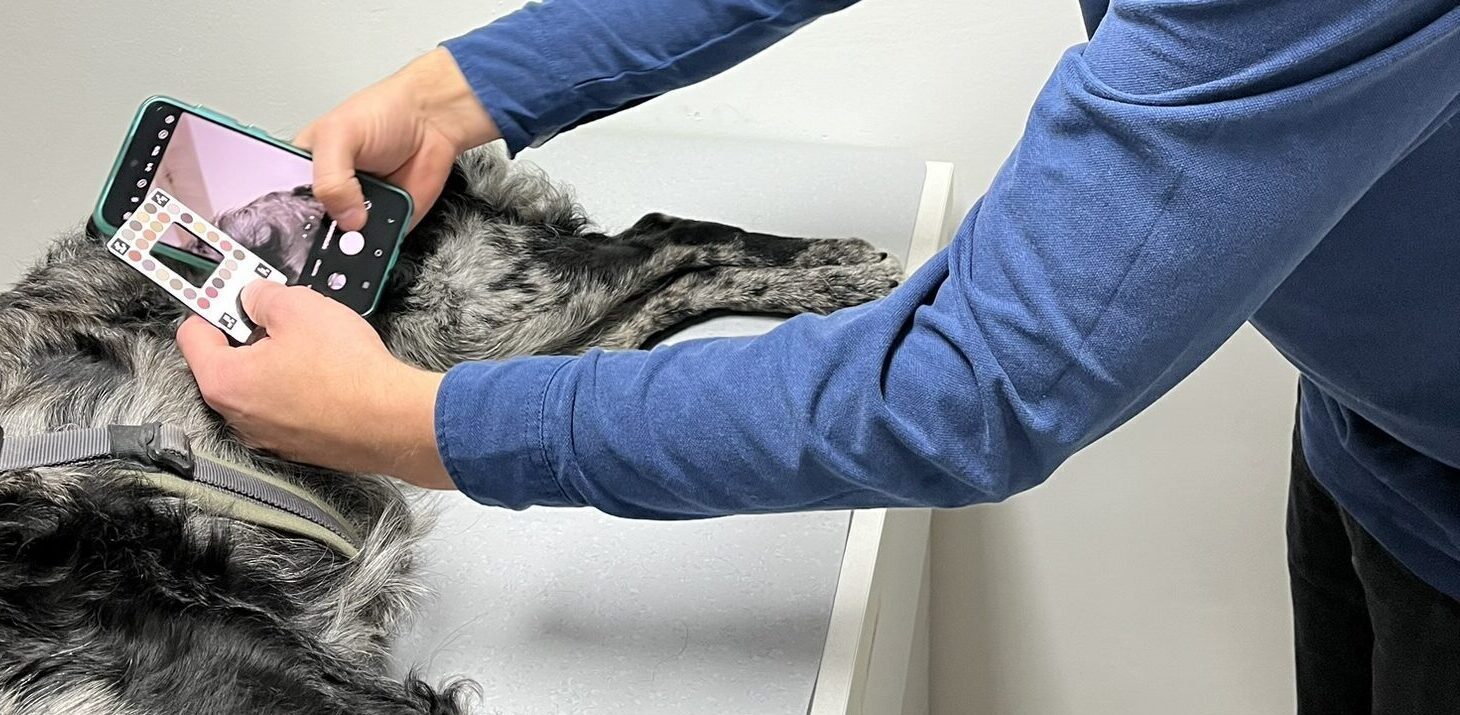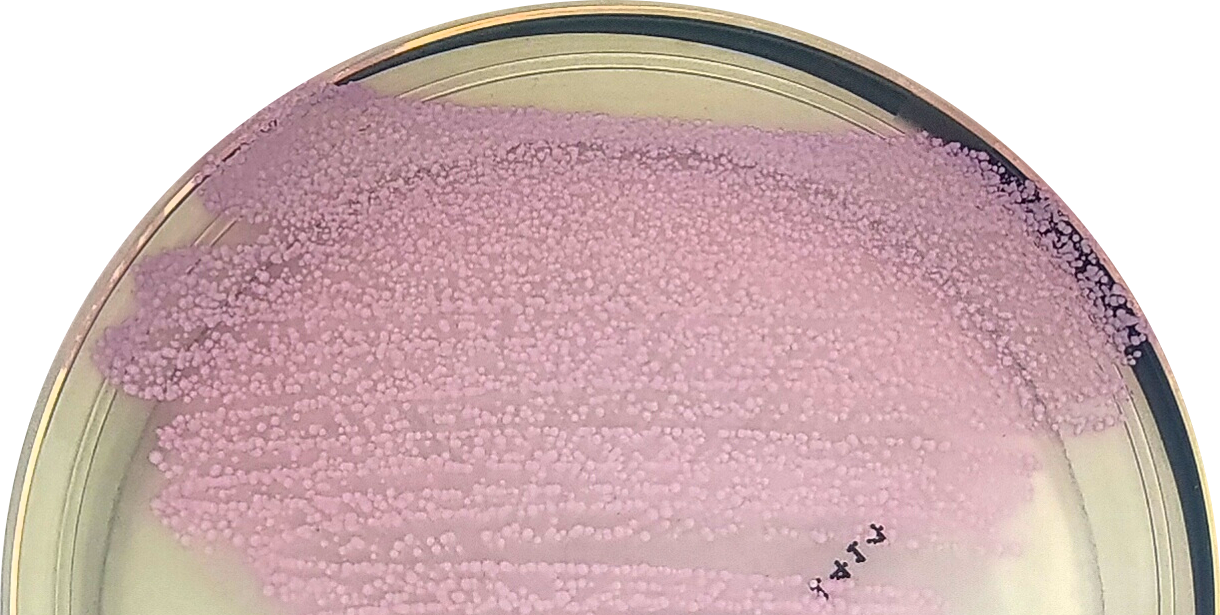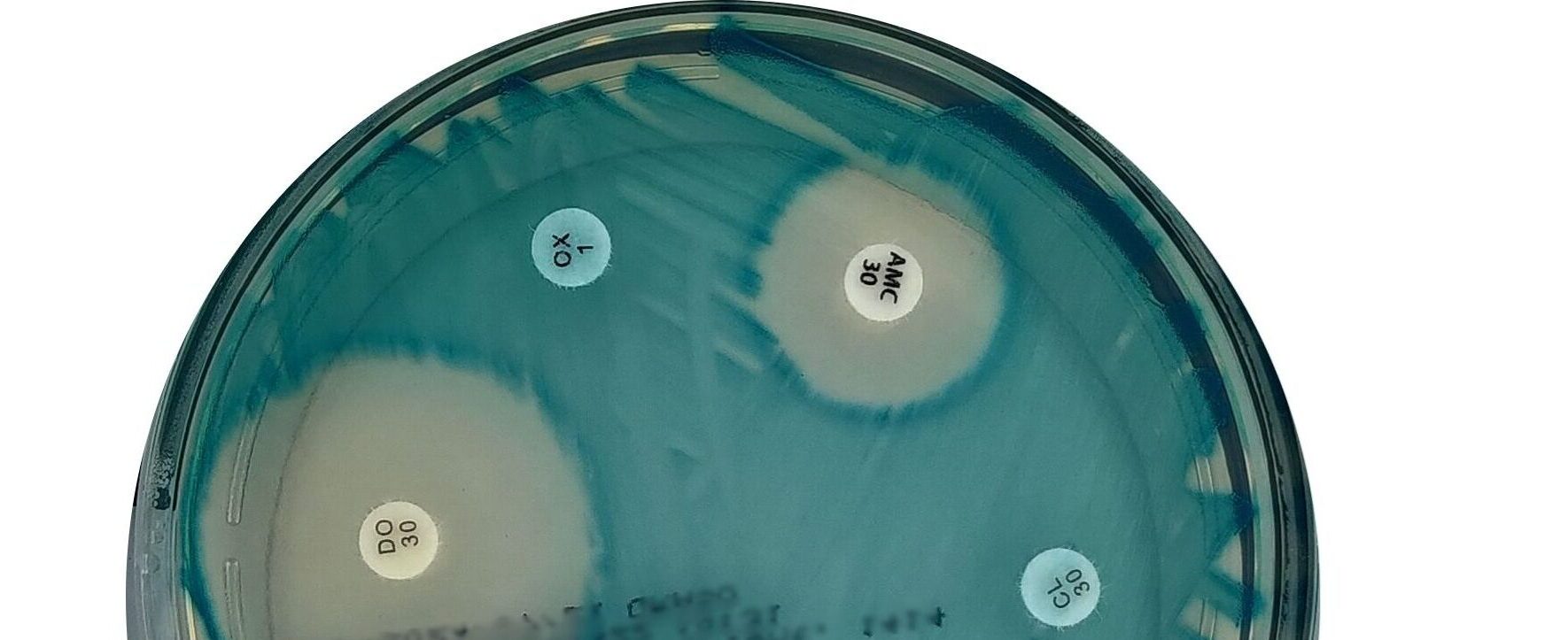I recently attended the 35th ESCMID Global Congress in Vienna — one of the largest international events focused on clinical microbiology and infectious diseases. This year’s congress brought together over 18,000 participants, with nearly 250 exhibitors and thousands of scientific presentations. Although the congress is primarily centered on human medicine, my mission was clear: to look for innovations at the industrial expo that could also be relevant and inspiring for veterinary diagnostics and practice. In this brief report, I highlight a few key points that stood out to me.
One of the most impressive parts of the ESCMID congress is the industrial exhibition, which feels like walking through the frontline of innovation in diagnostics and pharma. It showcases the latest state-of-the-art microbiological diagnostic technologies, many of which are highly relevant beyond human medicine. The expo itself is massive, occupying two large halls and featuring a broad range of exhibitors. All the big names from human pharma were present with their eye-catching pavilions: Pfizer, Moderna, and many others.

Microbiology Tech on Display: From Pathogen ID to AST Automation
Alongside the big pharma giants, another major group of exhibitors are companies presenting laboratory equipment for microbiological testing, including pathogen identification (PCR, classic culture methods) and antimicrobial susceptibility testing (AST). A clear trend across these presentations is automation: most systems are now designed to handle samples with minimal manual intervention, allowing the process to run almost independently. In the field of AST, some producers offer systems based on reading inhibition zones, while others focus on broth microdilution-based approaches, using customizable MIC (i.e., minimum inhibitory concentration) plates. Some producers, such as Thermo Fisher Scientific, offer veterinary-adjusted MIC plates. Furthermore, there are miniature MIC plate reading devices now available at price points below €20,000, making them theoretically accessible even for larger veterinary clinics that might consider setting up their own small-scale microbiology labs.

Digital pathology
Another major trend at the expo — and one that is rapidly gaining attention across the field — is digital pathology. More and more companies, such as TechCyte and Leven Vision, are now offering automated systems for image analysis and object detection in cytological samples, identifying parasitic eggs or blood cells directly from scanned slides. In the past, (veterinary) digital pathology was often based on smaller slide scanners, such as the Grundium 20, which became popular thanks to its affordability. However, I noticed that the current focus in the industry seems to be shifting toward larger, high-end systems. For example, TechCyte was promoting more sophisticated (and significantly more expensive) slide scanners, such as the Pramana SpectralM. These technologies clearly target big reference labs rather than smaller clinics. On the brighter side, there was also a solution better suited for veterinary use. KeyuBio showcased a dedicated fecal slide scanner designed specifically for veterinary diagnostics, priced at around €20,000. What makes this system particularly attractive is its ease of use: the device handles both sample preparation and scanning — all you need to do is insert a small amount of feces, and the system takes care of the rest.

For the Veterinary Geeks: Stay Updated with the Latest Science
For the true geeks among us — those who love to stay on top of the latest science and tech — I also came across a very handy tool: the Juisci app. This smartphone app offers short, digestible summaries of recent scientific papers and innovations from the medical field, including veterinary medicine. For veterinary enthusiasts eager to spot new trends, discover emerging technologies, and bring fresh ideas into their practice, Juisci is definitely worth checking out.

Conclusion
The ESCMID Global Congress once again proved to be an inspiring event — not only for those in human medicine but also for anyone interested in bringing cutting-edge microbiological technologies into veterinary practice. From affordable automated AST systems to developments in digital pathology and handy tools like the Juisci app, there are plenty of innovations worth watching. See you next year!
Blaž Cugmas, PhD, DrVet
(I am not affiliated, sponsored, or otherwise connected with any of the companies or products mentioned in this article. These are simply the things that caught my attention during the congress, and I share them here with the hope that they might spark ideas or discussions within the veterinary community.)
Latest Post
-

Why integrate R&D into the daily routine of a veterinary clinic?
May 23, 2025
-

Staphylococci vs. the Weekend: What Happens When Your Swab Waits
March 28, 2025
-

Veterinary Takeaways from ESCMID Global 2025: Automated Microbiology and Digital Pathology
March 28, 2025
-

Rethinking AST Reporting in Veterinary Practice
March 5, 2025